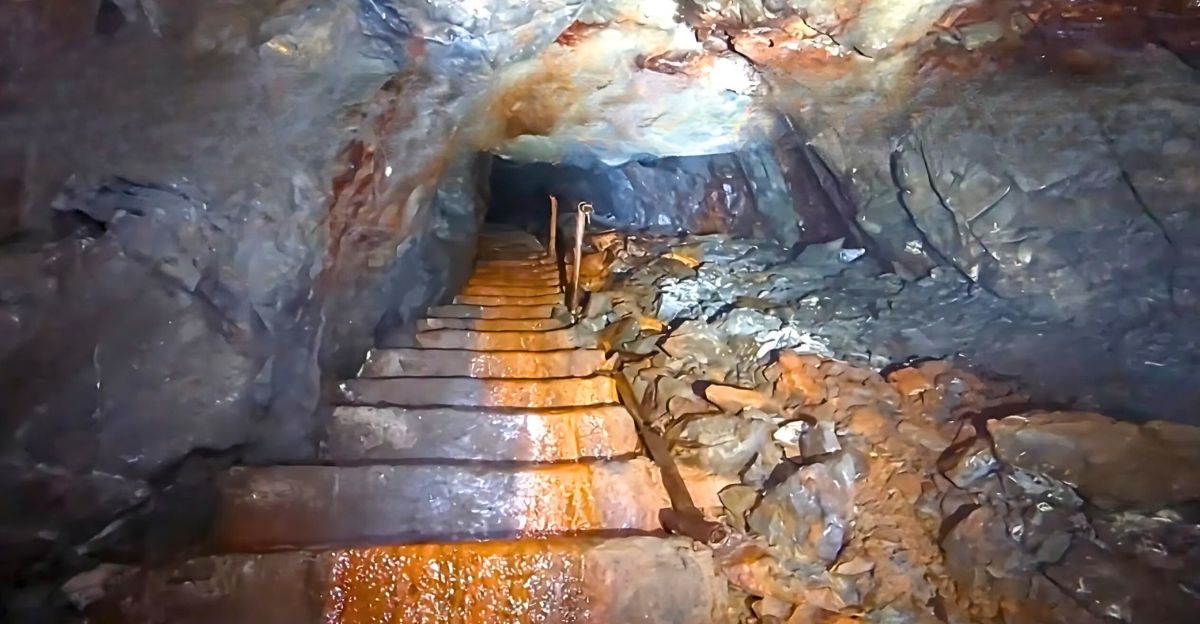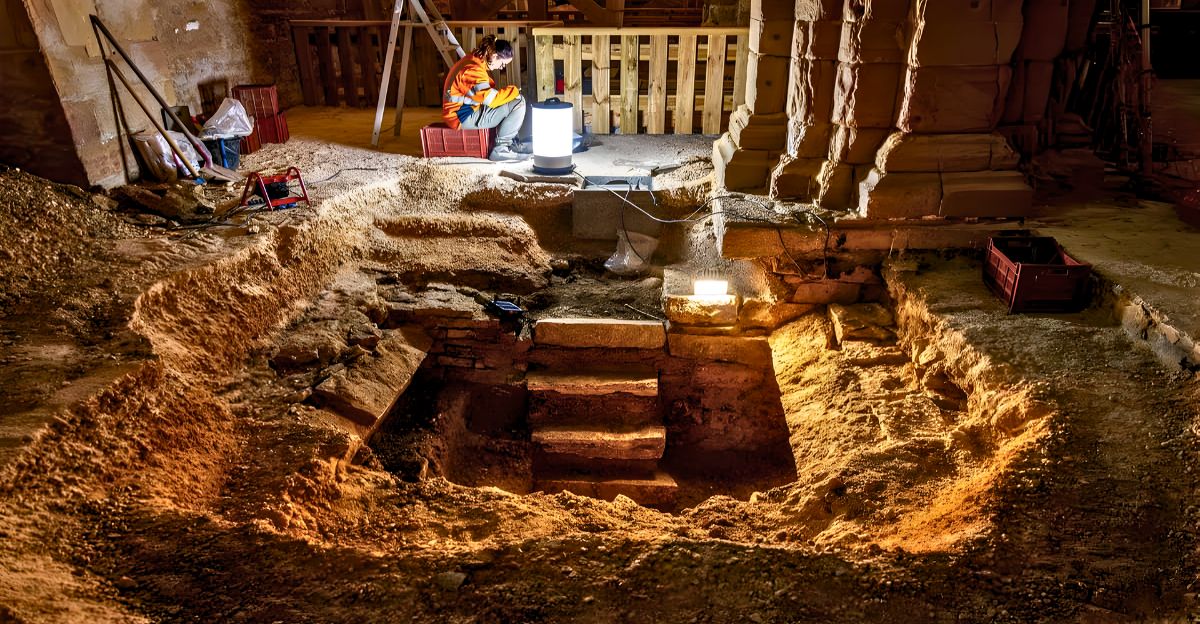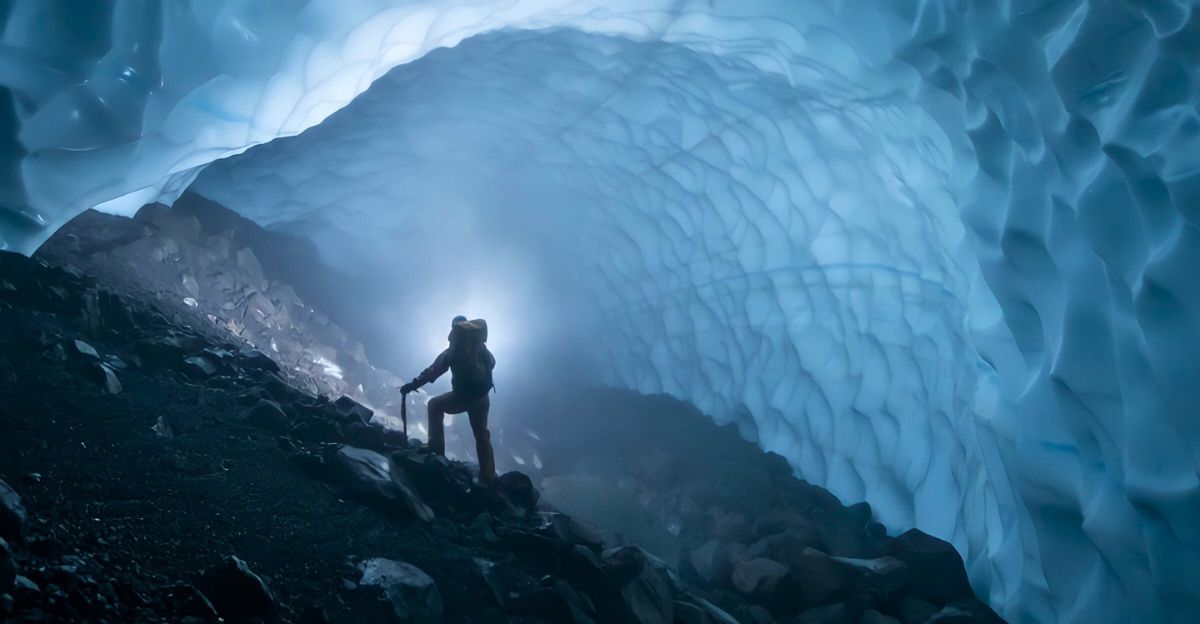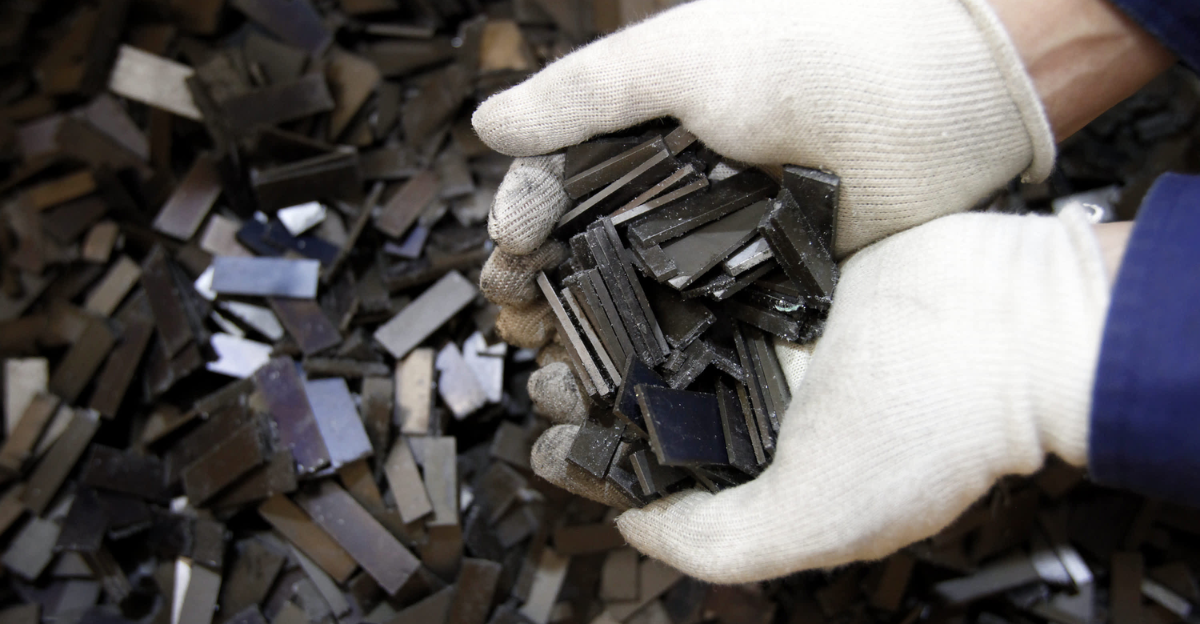
For years, the world has tiptoed around a quiet but powerful monopoly; China’s grip on the rare earth metals that fuel everything from smartphones to missile systems. These aren’t just obscure minerals. They’re the beating heart of clean energy, advanced tech, and national defense.
Now, one company has finally cracked the code to break that hold. It’s a shift that has major governments, industries, and investors watching closely. As clean energy demand soars and global tensions rise, a new supply chain is forming and it might just change who holds the reins of the 21st-century economy.
Why This Changes Everything for Global Energy Security
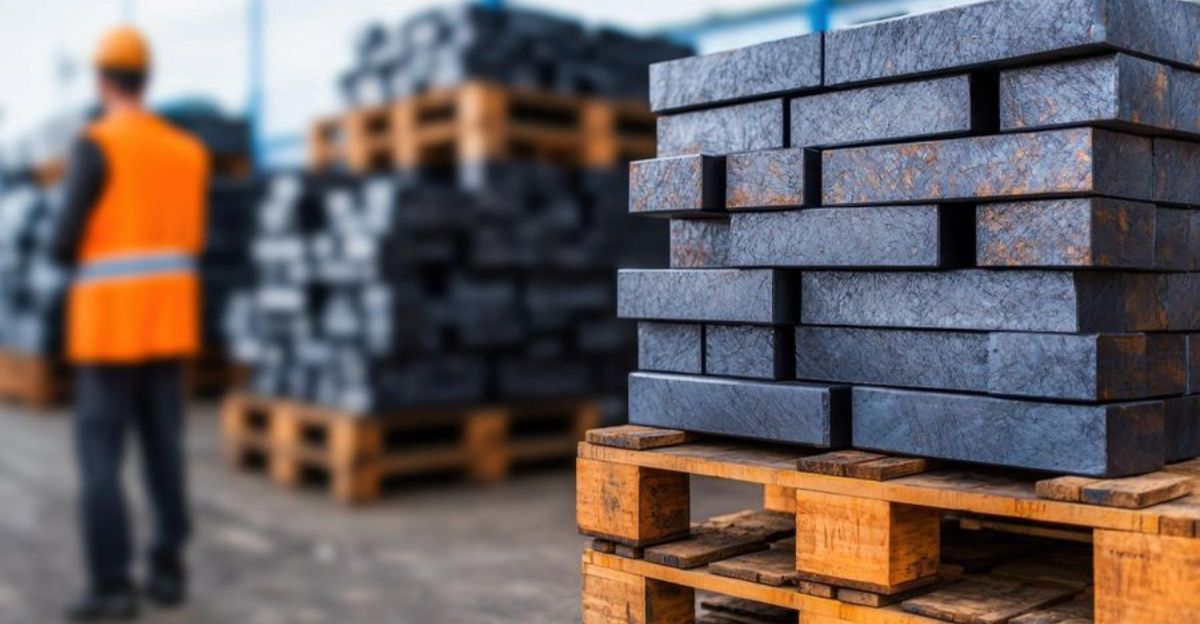
This development is geopolitical. Every modern technology, from EVs to defense systems, depends on rare earth materials. When a single country dominates their supply, it puts entire economies at risk.
According to the International Energy Agency, as of 2024, the top three producers control 86% of global critical mineral output. That’s a growing concentration, not a shrinking one. For years, governments quietly tolerated this imbalance.
But that’s now shifting. Rare earths are no longer just business assets, they’re leverage points in global power. This breakthrough reopens the question: Who really controls the energy transition?
The Historical Stranglehold That Shaped Our Modern World
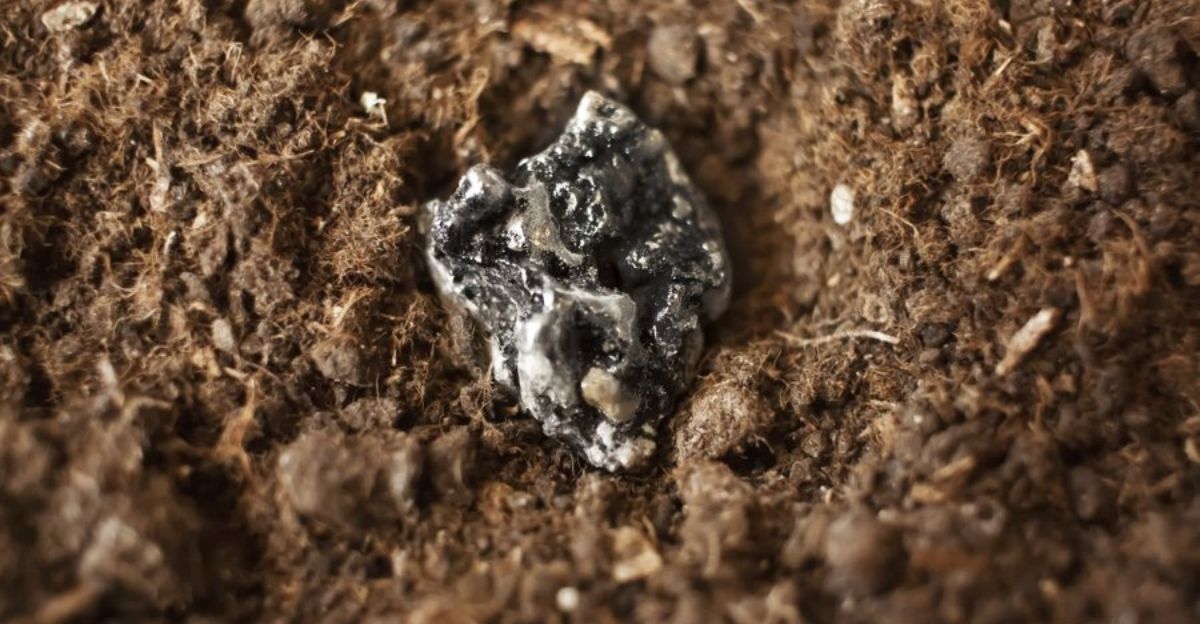
Over the years, China has meticulously engineered its dominance in this sector. Since the 1980s, Beijing has built an empire around rare earths through subsidies, environmental trade-offs, and full control over production.
Today, China mines 70% of global rare earths and processes 90%, according to the IEA. This isn’t just about raw materials; it’s about refining, packaging, and pricing power. Its industry became so massive that its rare earth waste emissions exceeded five times what all U.S. miners and refiners generated combined. That dominance not only shaped markets, but the entire technological supply chains as well, making alternatives look almost impossible until now.
The Economic Warfare That Made Change Inevitable
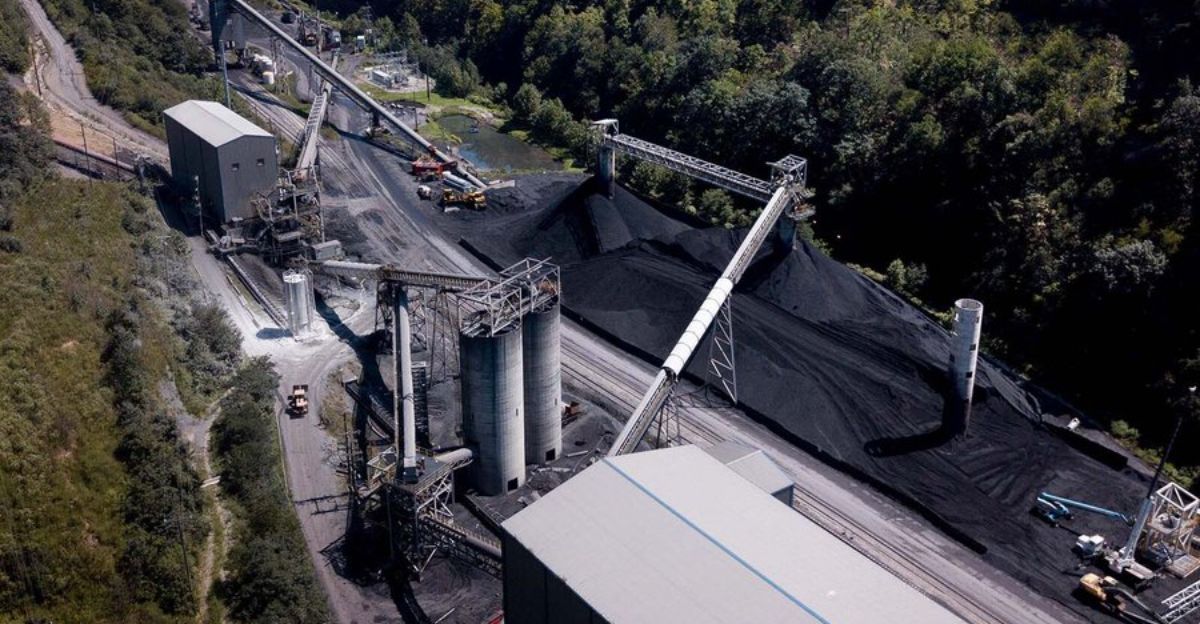
In 2010, China halted rare earth exports to Japan over a maritime dispute, sending global prices soaring tenfold. That moment exposed how rare earths could be used as a political weapon.
Fast forward to April 2025, Beijing imposed fresh export restrictions on seven rare earth elements, including dysprosium and scandium, amid tensions with the U.S. These were very strategic decisions. They forced nations to reevaluate their tech independence.
What used to be obscure metals are now viewed as instruments of national leverage. That realization set off the urgent push to build new, resilient supply chains.
The Australian Breakthrough That Rewrote the Rules
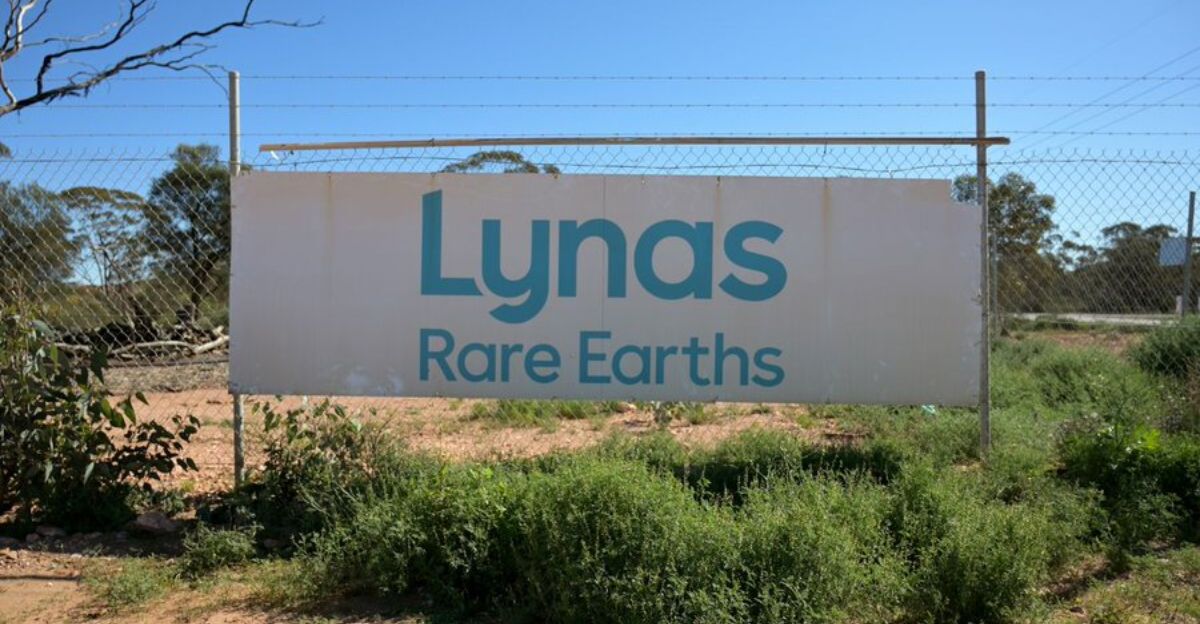
In May this year,the Australian firm, Lynas Rare Earths, achieved a world first: commercial production of separated heavy rare earths outside China. Their Malaysian facility, long known for processing light rare earths, began producing dysprosium oxide, a critical material for EV motors and wind turbines.
This wasn’t your regular lab experiment. It was a fully operational shift with real industrial output. CEO Amanda Lacaze called it “a significant step for supply chain resilience.” This proves it’s possible to challenge China’s monopoly with technical know-how, regulatory backing, and long-term investment. More importantly, it provides industries with a real alternative they’ve never had before.
What This Means Across Industries and Borders
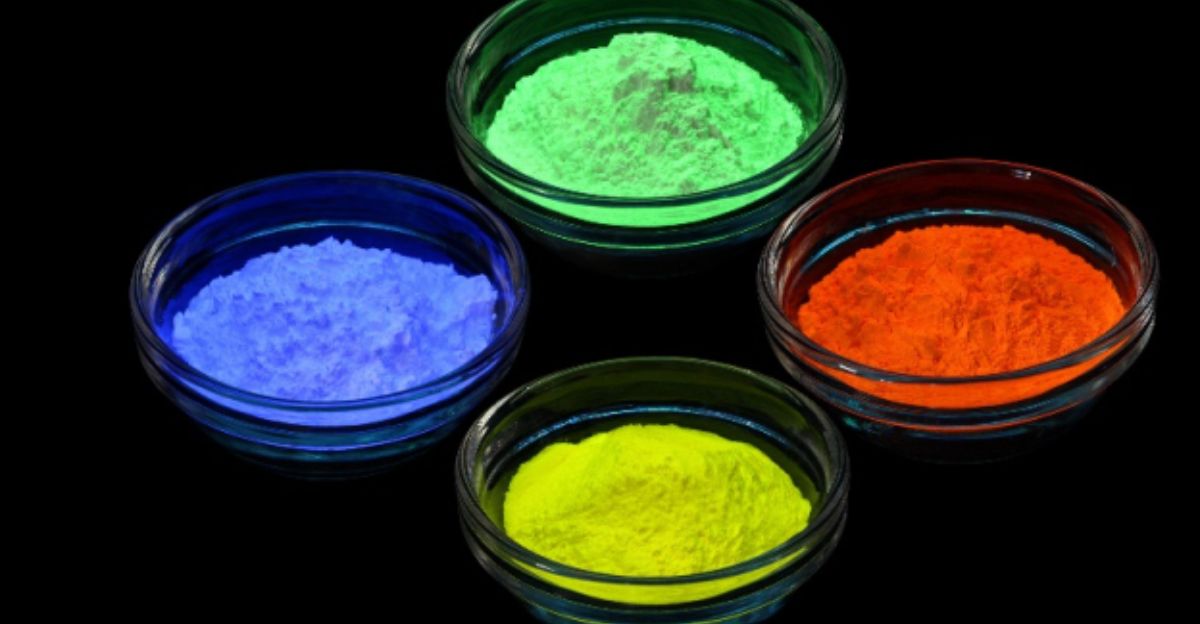
Auto manufacturers, already battered by chip shortages and pandemic-era bottlenecks, now face another crisis: rare earth scarcity. With China’s 2025 export restrictions in place, European parts suppliers reported plant shutdowns, while others scrambled for alternatives. Rare earths power more than just cars: they’re vital in wind turbines, smartphones, and defense tech.
CLEPA, the European suppliers’ group, confirmed major disruptions this year. This marks the third major supply chain shock for the auto sector in just five years. The difference? There’s no easy substitute for rare earths. For many industries, this new reality means rethinking where they get their most critical components.
The Human Cost of Technological Independence
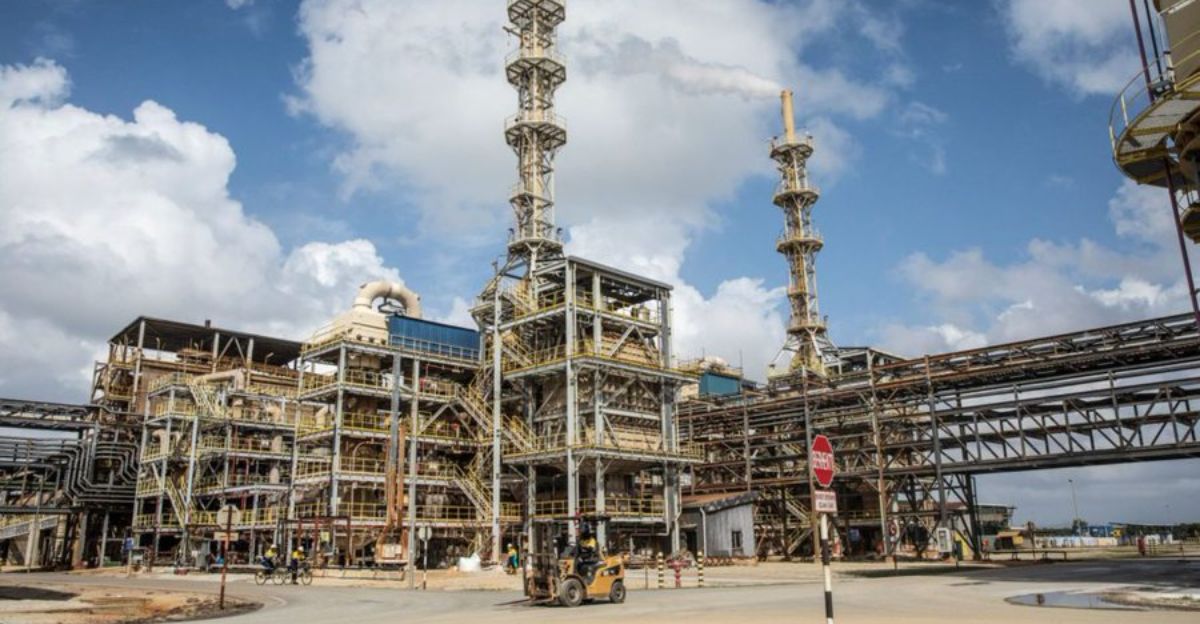
Behind every rare earth facility are workers and engineers doing some of the most complex industrial work on the planet. At Lynas’s Malaysian plant, hundreds of employees have spent years mastering the delicate process of separating heavy rare earths. Their success is a triumph of technical skill and endurance.
But with it comes a trade-off. Processing rare earths creates waste. China handled this through lax environmental enforcement, leading to pollution. In contrast, Lynas operates under stricter rules, which raises costs. That shift signals a global rebalancing, where clean tech no longer relies on dirty shortcuts hidden far from public view.
The New Competitive Landscape Takes Shape
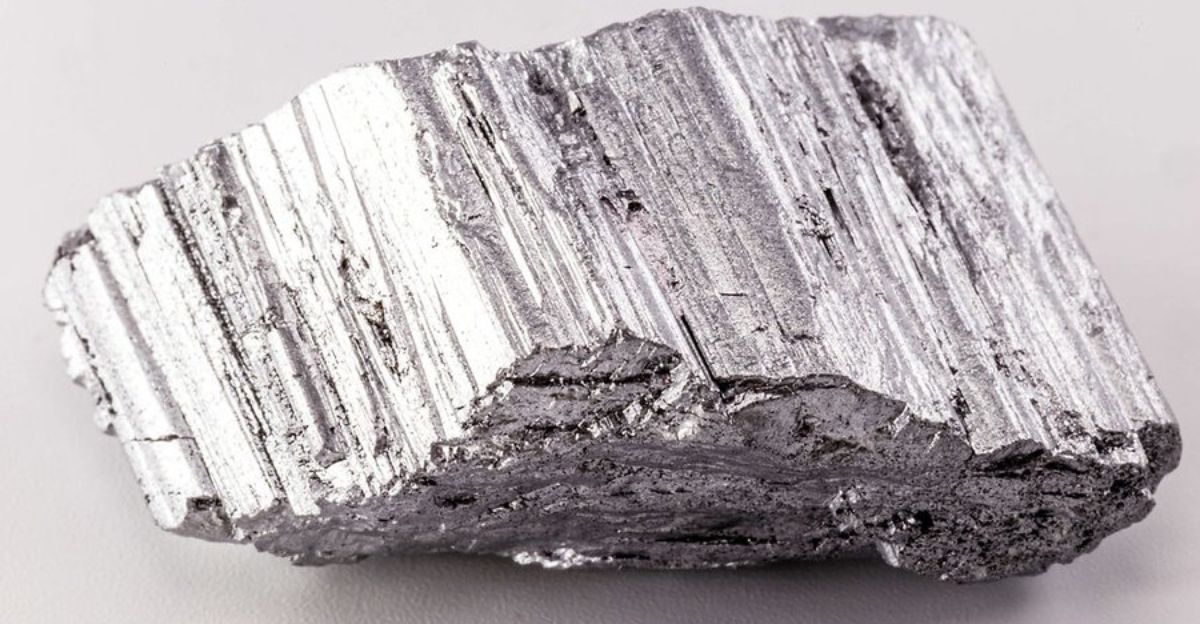
Lynas’s breakthrough was just the beginning. The U.S. government has invested $258 million into a Texas facility set to process heavy rare earths by 2026. That plant will work in tandem with Lynas’s Mt Weld mine, which saw a 92% jump in mineral resources and a 63% boost in ore reserves in 2024. For the first time in decades, China faces real competition.
Governments are now treating rare earths like oil or semiconductors, backing production with taxpayer money. It’s a clear sign: supply chains for strategic minerals are no longer left to chance.
The Accelerating Demand That Drives Innovation
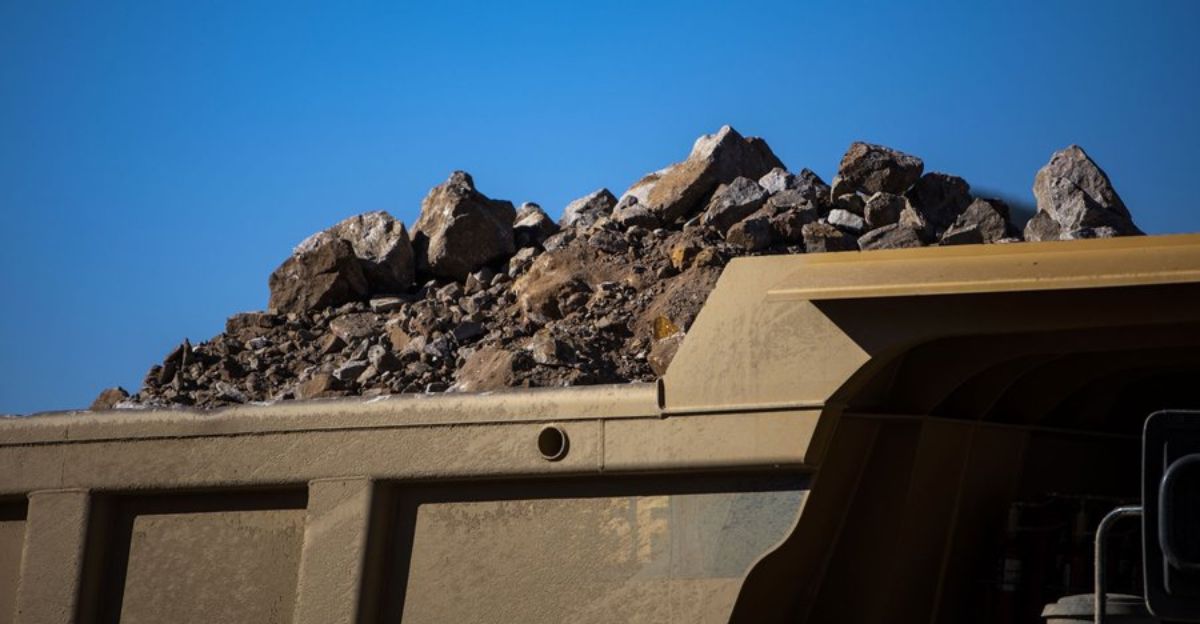
Rare earths aren’t optional in the clean energy race; they’re essential. The global wind turbine market is projected to grow at 7.4%-8.6% annually, reaching $245-318 billion by 2034. Each electric vehicle needs 1–2 kilograms of rare earth magnets.
According to the IEA, global demand for rare earths will need to grow sevenfold by 2040 just to support the clean energy transition. The irony? The push to decarbonize has made us more dependent on materials with limited suppliers. This demand spike is both a risk and an opportunity. For new producers, it’s a once-in-a-generation opening to reshape the global resource map.
What This Means for the Future of Global Power
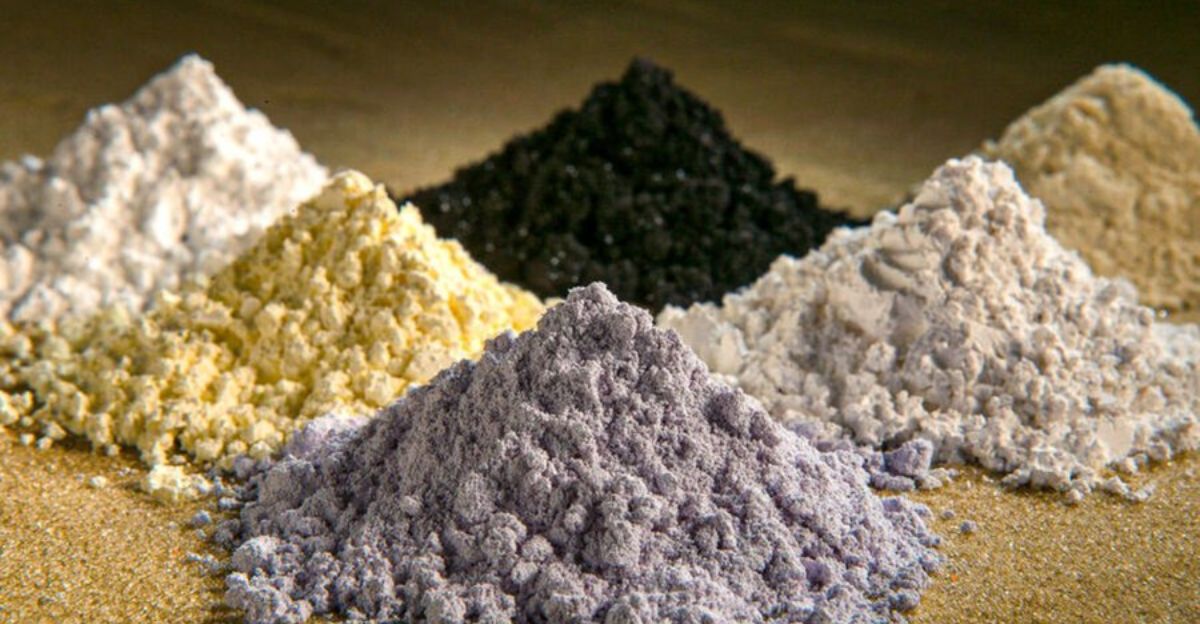
This shift in rare earth production isn’t just about minerals, it’s about who controls the tools of modern civilization. The European Union’s Critical Raw Materials Act, for instance, now requires 10% of key minerals to be mined in the EU, 40% processed locally, and 25% recycled by 2030. Similar efforts are growing worldwide. The story of Lynas proves alternatives are viable, but they’re not quick or cheap.
Building new supply chains takes time, public backing, and political will. Still, as more countries join the race, we’re entering a new phase of global competition, one where resources may matter more than ever.

